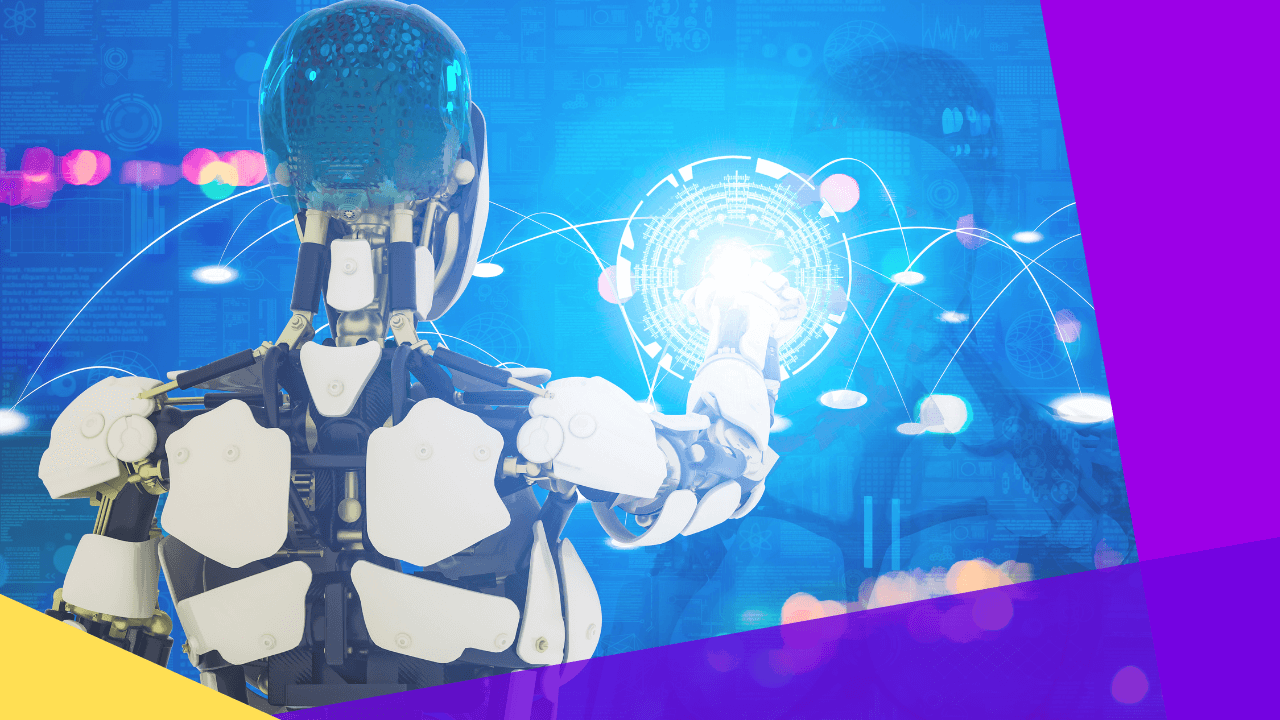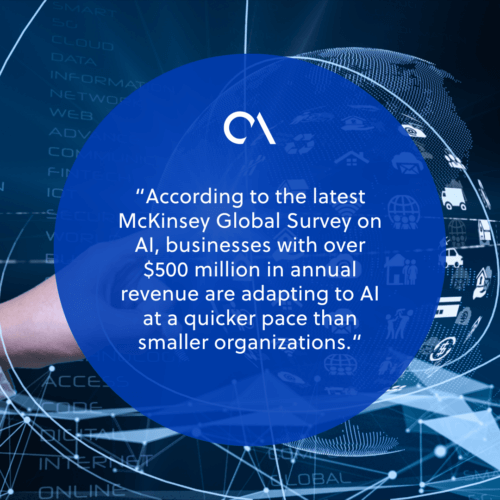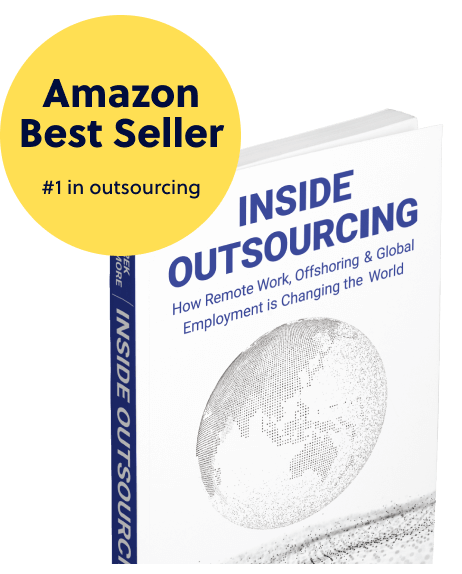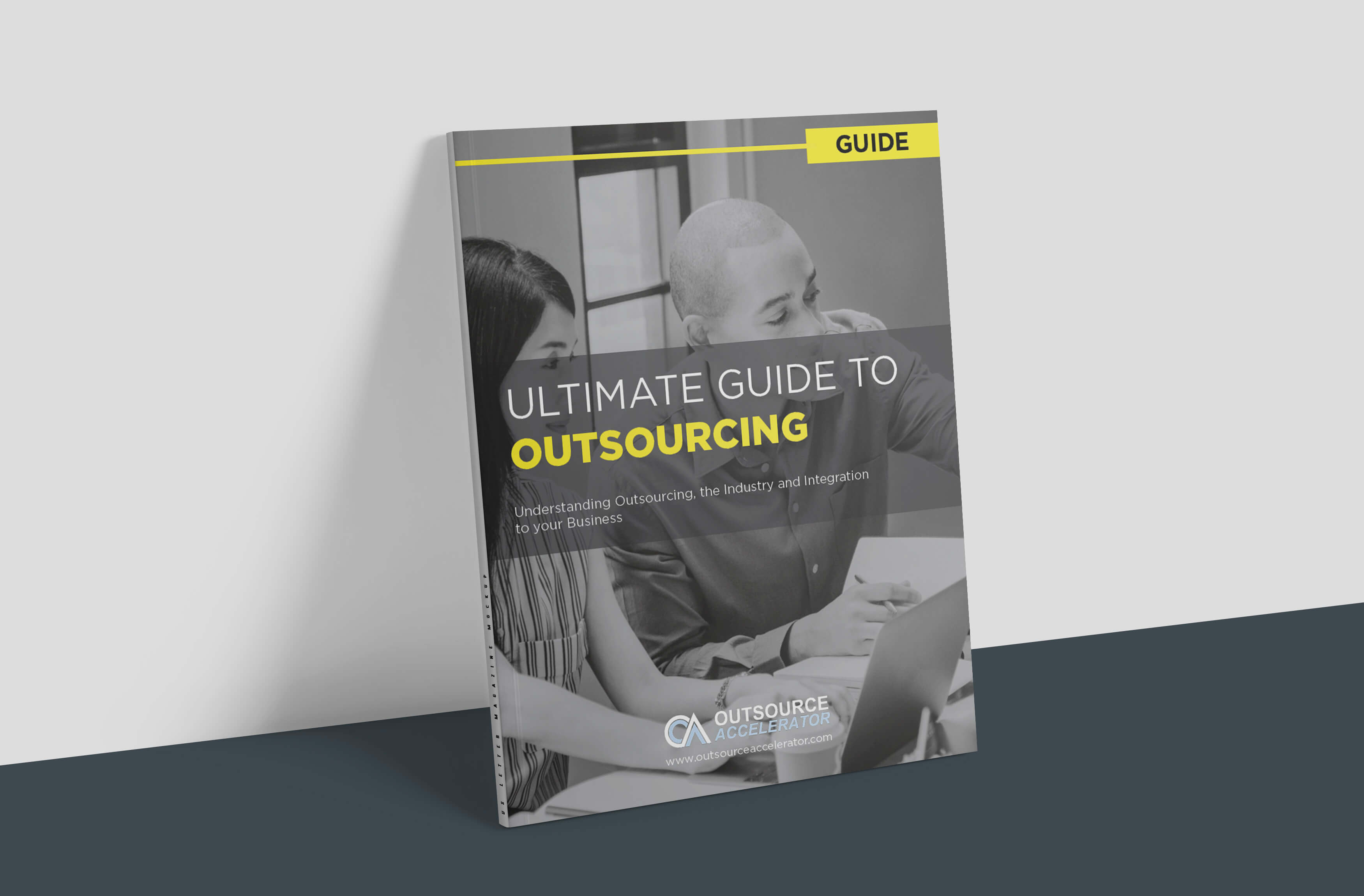AI for work: How artificial intelligence makes workdays easier

Busy teams face constant pressure from tight deadlines, scattered communication, to repetitive admin tasks that eat up valuable time. These daily hurdles can drain productivity and make it harder for teams to focus on high-impact work.
That’s where the use of artificial intelligence (AI) steps in. With the right tools, organizations can make faster decisions, achieve improved accuracy, and allocate more time for strategic thinking.
For example, instead of spending hours sorting emails or data, artificial intelligence allows employees to shift focus toward meaningful collaboration and innovation. It’s not just about saving time—it’s about working smarter.
This article examines how AI for work enhances team operations, making each workday more efficient and less stressful.
We’ll break down the benefits, explore real-world applications, and help you understand why more businesses are embracing AI as a long-term partner in productivity.
AI for work: Important statistics and facts you need to know
Artificial intelligence is quickly shifting from a buzzword to a practical solution in the workplace. As companies face increasing pressure to stay competitive, many are investing in AI to:
- Streamline processes
- Make better decisions
- Respond effectively to market demands
Here are some key statistics that highlight the growing impact and potential of AI for work:
Large companies are leading the shift
According to the latest McKinsey Global Survey on AI, businesses with over $500 million in annual revenue are adapting to AI at a quicker pace than smaller organizations.
These companies are actively integrating AI into their operations to improve efficiency and drive financial gains.

AI tool adoption is accelerating
Statista recently reported that the global number of users in the “AI Tool Users” segment is expected to climb to 1.2 billion by 2031—an increase of over 826 million users since 2025.
This rapid adoption signals strong and growing demand for AI-driven tools across industries.
North America remains a major player
GrandViewResearch revealed that North America accounted for 29.5% of the global AI market in 2024. With expectations of a strong compound annual growth rate from 2025 to 2030, the U.S. continues to be a key driver of AI innovation and adoption.
AI software market is booming
Omdia research expects the global AI software industry’s revenue to jump from $10.1 billion in 2018 to exceed $126 billion in 2025.
This sharp growth reflects rising investment and increasing reliance on AI for work.
Businesses see AI as a competitive advantage
A survey by MIT Sloan Management revealed that 87% of global organizations believe AI gives them a competitive edge—up 12% from the previous year. More businesses now see AI not just as a tool, but as a long-term strategy.
AI addresses labor challenges
Hostinger Tutorials reported that 35% of companies use AI services to deal with labor shortages, while 42% are exploring AI adoption soon. AI’s role in filling workforce gaps is becoming more critical in today’s job market.
These figures clearly demonstrate that AI is not just a trend; it significantly impacts how organizations operate, compete, and grow in the fast-paced business environment.
AI for work: 9 Uses of artificial intelligence in daily operations
As you can see, artificial intelligence is now part of everyday work life. From automating tasks to guiding decisions, AI is helping teams optimize their performance.
Businesses that adopt AI for work often see better productivity, fewer manual errors, and more time to focus on high-value tasks.
Outlined below are some of the most common ways AI is used in daily operations across industries:
1. Automating repetitive tasks
AI for work tools excel at handling repetitive, time-consuming tasks. In offices, AI can sort emails, schedule meetings, process data entries, and even manage basic customer service inquiries.
These automations reduce manual workload and free up time for employees to work on strategic projects.
For example, AI chatbots can handle common customer questions so support teams can focus on more complex issues.
2. Improving decision-making with data analysis
AI systems process massive amounts of data swiftly than any human team. This makes them powerful tools for analyzing trends, predicting outcomes, and generating insights.
In marketing, artificial intelligence can highlight which campaigns perform best. While in finance, it can flag unusual spending patterns. Using AI this way helps teams make data-driven decisions with more confidence.
3. Streamlining hiring and recruitment
Human resources teams use AI to scan resumes, match candidates to job descriptions, and even conduct initial screenings through AI-powered chatbots. This not only speeds up hiring but also reduces bias by focusing on objective qualifications.
With AI, HR professionals can manage large applicant pools more efficiently and identify strong candidates right away.
4. Enhancing customer experience
Artificial intelligence improves customer service by making it more responsive and personalized. From automated chatbots to recommendation engines, AI helps firms interact with customers in real time.
It can suggest products, answer questions, and follow up on feedback without delay. Using AI for work in customer experience builds loyalty and satisfaction through faster, more tailored responses.
5. Managing inventory and supply chains
In logistics and retail, AI plays a major role in predicting demand, tracking inventory levels, and suggesting optimal restock times. It can also detect potential supply chain disruptions and offer alternative routes or suppliers.
This kind of proactive monitoring reduces waste and prevents costly delays.
6. Supporting IT and Cybersecurity
AI is increasingly used in IT departments to detect system issues, monitor network activity, and flag security threats.
This innovation helps businesses stay protected against cyberattacks by analyzing patterns and identifying anomalies in real-time.
AI for work also supports smoother operations by predicting and preventing system failures before they happen.
7. Boosting sales and marketing performance
Sales and marketing teams use artificial intelligence to better understand customer behavior, predict buying patterns, and fine-tune campaigns. AI can score leads, suggest follow-up actions, and personalize outreach based on past interactions.
These tools help teams reach the right audience at the right time, improving conversion rates and ROI.
8. Personalizing employee learning and development
AI customizes learning programs to individual employee needs. Based on performance data and skill gaps, it recommends training materials, schedules learning paths, and tracks progress.
This personal approach boosts employees’ growth and keeps them engaged in their roles.
9. Optimizing workflow management
Project management tools powered by AI can assign tasks, track progress, and adjust timelines based on team performance. These platforms give managers real-time insights into workloads and help prioritize what matters most.
AI keeps operations organized and moving forward without unnecessary delays.

Essential considerations before integrating AI into daily work
Yes, artificial intelligence can transform how teams operate, but adopting it requires careful planning. Organizations need to look beyond the excitement and focus on practical factors that affect implementation.
Every organization should address the following before integrating AI for work:
1. Define clear goals
Before bringing AI into your workflow, outline what you want to achieve: Are you looking to save time, reduce errors, or improve customer service? Defining specific objectives helps you choose the right tools and measure success later on.
Vague goals often lead to underwhelming results or wasted resources.
2. Understand the cost and ROI
Artificial intelligence solutions range from affordable software to high-end custom systems. Weigh the costs against expected benefits like:
- Time savings
- Improved productivity
- Increased revenue
Having a clear view of return on investment will guide smarter decision-making and help set realistic timelines for adoption.
3. Assess data quality
AI systems rely on quality data. Before integration, review the data you already have. Is it clean, consistent, and relevant? Poor data can lead to inaccurate results and flawed insights.
Investing in data cleanup may be necessary before any AI solution delivers real value.
4. Consider team readiness
Introducing AI for work requires some level of training and change management. Evaluate how prepared your team is to adopt new tools and workflows.
Resistance may come from fear of change or lack of understanding. Providing clear communication and basic AI education can help ease the transition.
5. Review compliance and privacy
AI tools often process sensitive information. Make sure your AI integration follows all data privacy laws and industry regulations. Look into how your chosen provider handles security, access control, and data storage.
Thoughtful planning makes AI adoption more effective. Address these areas so you can take full advantage of the power of artificial intelligence in a way that delivers long-term value.
Embracing AI for smooth sailing working days
Adopting artificial intelligence in the workplace doesn’t have to be overwhelming. When approached with the right mindset and strategy, AI for work becomes a powerful tool that:
- Simplifies tasks
- Enhances productivity
- Supports smarter decision-making across teams
From managing repetitive duties to improving customer experiences, AI helps augment daily operations and reduce stress on busy workdays. It allows teams to focus on meaningful, high-impact work instead of getting stuck in routine processes.
As more companies embrace this technology, the benefits continue to grow, offering speed, accuracy, and flexibility in a constantly shifting market.
Now is the time to explore how AI can support your team’s daily goals and transform everyday work into something more efficient and rewarding.
Power your workflows and tools with artificial intelligence, achieve successful AI automation with Acquire Intelligence seasoned IT professionals.







 Independent
Independent




